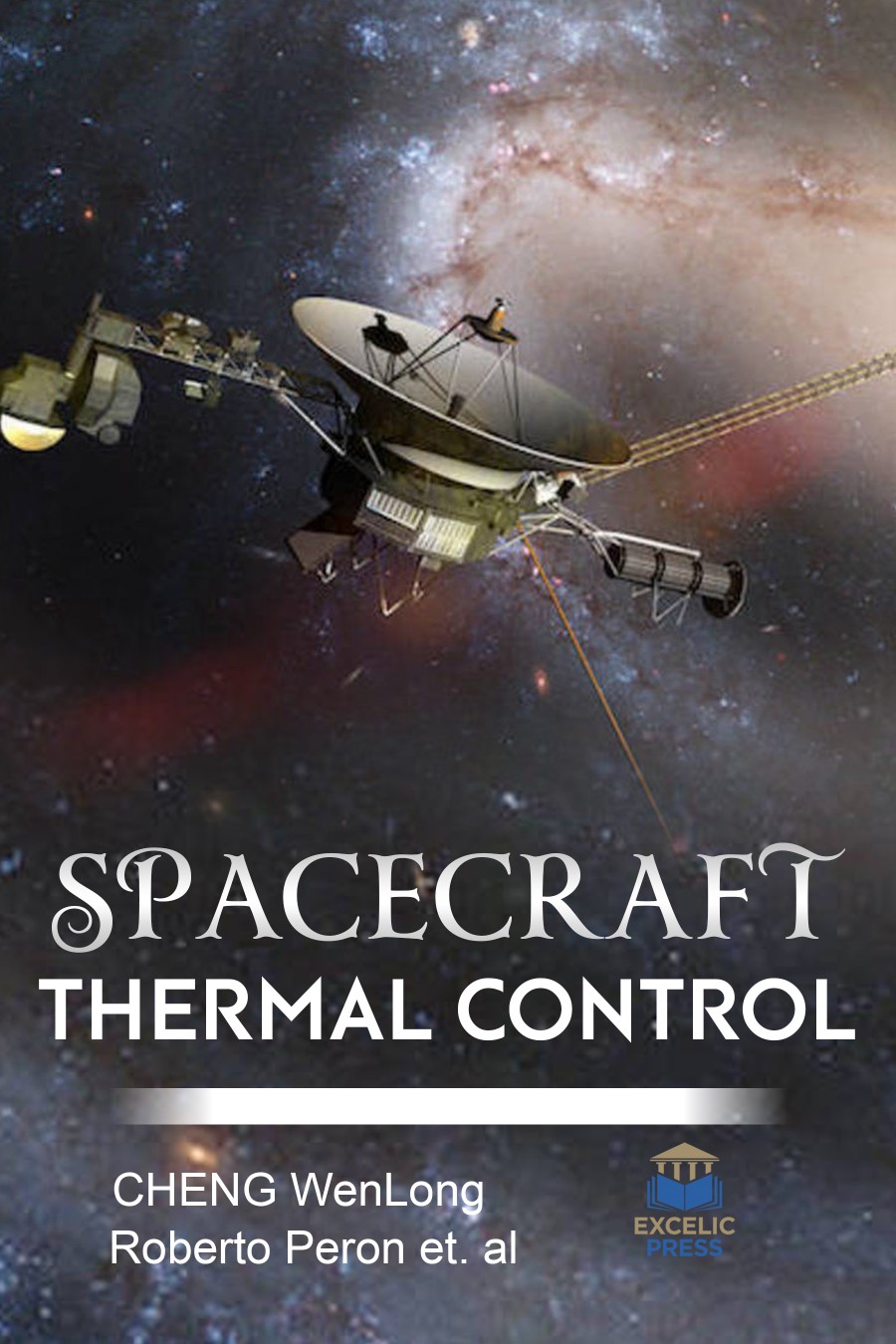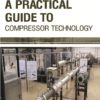Thermal control is necessary to assurance the optimum performance and accomplishment of the operation because if a component is subjected to temperatures which are too high or too low, it could be damaged or its performance could be rigorously affected. Almost all sophisticated equipment has specified temperature ranges in which it will function correctly. The role of the TCS (thermal control systems) is therefore to maintain the temperature and temperature stability of every item onboard the spacecraft within those pre-defined limits during all mission phases and thereby using a minimum of spacecraft resources.
Spacecraft Thermal Control reviews the design drivers and the technologies currently used for spacecraft thermal control focusing on future technology developments in thermal control. It includes thermal environments and design techniques for interplanetary spacecraft, as well as the Earth-orbiting satellites. The readers will find a modernized depiction of the thermal environment in Earth orbit, new material documenting the environments of interplanetary missions, further practical information about the thermal control of hardware elements, and presentation of some newer technologies such as heat switches and precision temperature control techniques. Definitive chapters focuses on correction method for a spacecraft thermal model, architectural design criteria for spacecraft; heat pipe for aerospace applications and testing of a low-cost loop heat pipe design; anodic coating characteristics of different aluminum alloys for spacecraft materials applications; failure detection in an annular combustion chamber with experimental and numerical methods; resolving the difficulties encountered by JPL interplanetary robotic spacecraft in flight; and more.
This practical handbook provides the reader with enough background and specific information to begin conducting thermal analysis and to participate in the thermal design of spacecraft systems.













